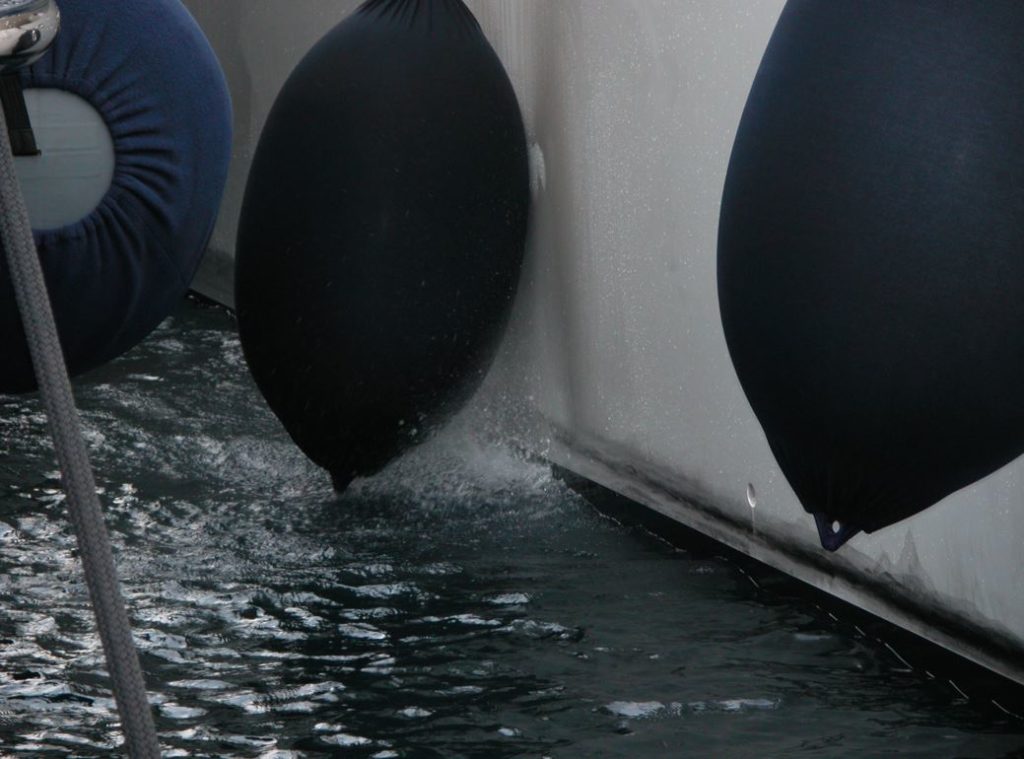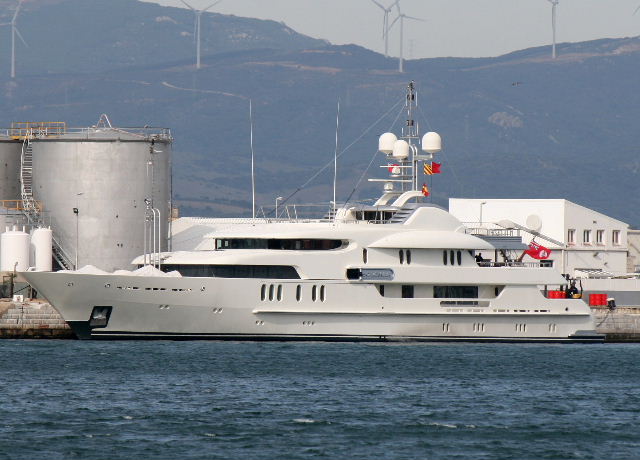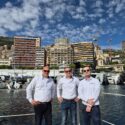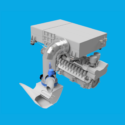
One of the decisions that clients have to make when compiling the best possible exhaust solution for their project with MarQuip is between passive and active Diesel Particle Filter (DPF) systems. So, what are the key differences?
Passive DPF systems are designed in such a way that they can burn the soot out of the filter elements themselves without requiring the help of a separate burner/electric heater. Put simply, combining the heat of the exhaust gases with an oxidation coating/element increases the exhaust temperature through oxidation and regenerates the filter elements. This system works when running at a minimum exhaust temperature of 300°C. It requires the use of ultra-low sulphur fuel to reduce the risk of sulphuric acid caused by the oxidation process.
The simplicity of a passive system keeps the total costs relatively low in terms of both equipment and installation. The biggest disadvantage is the operational side as you need to create a certain load/exhaust temperature for a certain time in order to start the regeneration process. In addition, passive systems are very sensitive to fuel quality.
In contrast to passive systems, active DPF systems use an external heater or burner. This increases the internal temperature to over 500°C at which point the filter elements regenerate and soot is burned away. These filter elements do not need to be coated, nor do they require oxidation elements or ultra-low sulphur fuel. Another benefit is that you don’t have to wait until a certain exhaust temperature is attained to start the regeneration automatically.
Being more complex, active systems are obviously more costly. The burner/heater, control cabinet and installation costs make this solution more than twice as expensive as simpler passive systems. The greatest benefit is the possibility to regenerate the system without being concerned with the power output of the engines. The ultra-low sulphur fuel is mandatory at the moment so this is no longer a real issue.
Conclusion: Passive DPF systems are a really interesting solution for yachts designed with hybrid power management due to their simplicity and low cost of ownership. When taking a more conventional approach, active DPF systems are likely to be most suitable. The experts at MarQuip will be pleased to offer you further advice.





